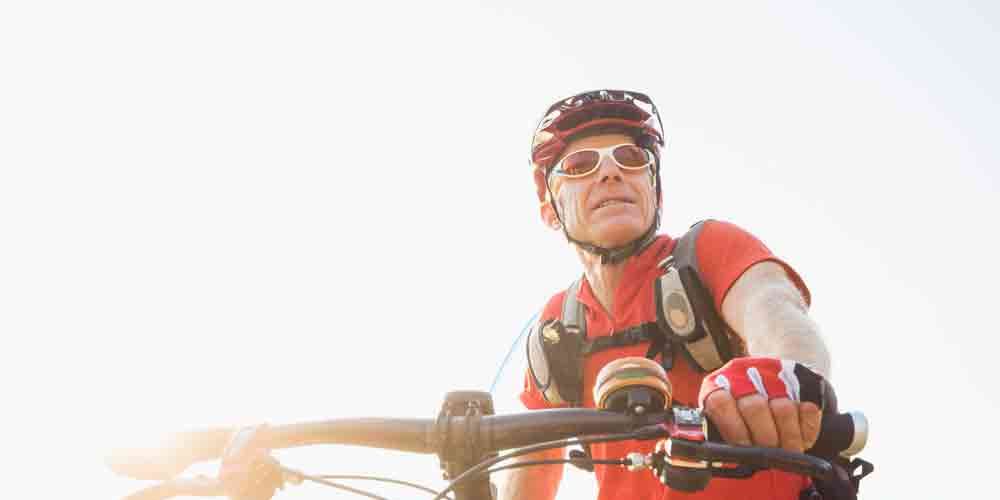How to Build Age-Proof Cycling Muscles in the Gym

Cycling seems like the simplest of sports, with two requirements so blissfully simple that you probably plan to do it forever: A bike and a robust pair of quads to power it. But if you expect to ride a bike deep into retirement, there’s a problem. Aging—and cycling itself—takes its toll on your beautiful, mobile, flexible, functional, powerful sinew. In your mid-30’s, muscles begin a natural withering away at the rate of 3 to 10% per decade, and the deterioration accelerates as you hit 50. Scientists call the process sarcopenia, from the Greek sarx, “flesh," and penia, “poverty.”
RELATED: 8 Things About Cycling That Get Better With Age
You’d think cycling alone would prevent sarcopenia and even build muscle, but one look at cyclists in their 70s will tell you otherwise. That’s because cycling itself lacks the concentrated “overload” needed to cue muscle growth, an element you will find in weight-lifting. The reality is that if you want to stay fast on the bike at any age, or even just slow down your decline, you must lift heavy weights.
Lifting weights with your legs and upper body builds size and strength through a logical stress/repair go hard/go easy process. The heavier the weight you use, the more you make tiny tears in your muscles, which scream “help me!” to the brain. If you give them a couple of easy recovery days and some extra protein, they will get rebuilt bigger and stronger for the next go-round. For comparison, all-out sprints on the bike have the same effect.
RELATED: Maximum Overload Weight Training for Time-Strapped Cyclists
Technically, it works like this: The stress of weight lifting and sprints spurs the pituitary gland to unleash a spurt of muscle-building hormones such as testosterone (T) and human growth hormone (HGH). T is a performance- and recovery-enhancer, while HGH is the body’s anti-aging, muscle-, bone- and cartilage-strengthening, sleep- enhancing fountain of youth. Because these hormones radically diminish with age, and because T is further lowered by long hours in the saddle and extreme rides can chew-up muscle protein for fuel, weights become essential for cyclists.
How to do it: Ideally, hit the gym once or twice a week. Maximize weight-lifting’s muscle-building effect by doing all exercises to the point of “failure,” where the weight is so heavy that you can’t cleanly do a 7th or 8th rep. Always start with a body-weight warm-up and do lower quantities during the first two of three weight sets. Adhering to the full Maximum Overload protocol, split the final exercise, explosive weighted walking lunges, into 3-rep mini sets, then increase weight and quantity over time to grow not only your muscles, but your cycling power.
The next day or two, remember to limit yourself to easy recovery rides, yoga, or cross-training. They’ll help lock in the rebuilding that’ll make age-withered, bike-battered muscles a distant memory. (For more ways to increase your performance, improve your form, and strengthen your body all over at any age, pick up a copy of our best-selling Muscle After 40 training guide.)
You Might Also Like

